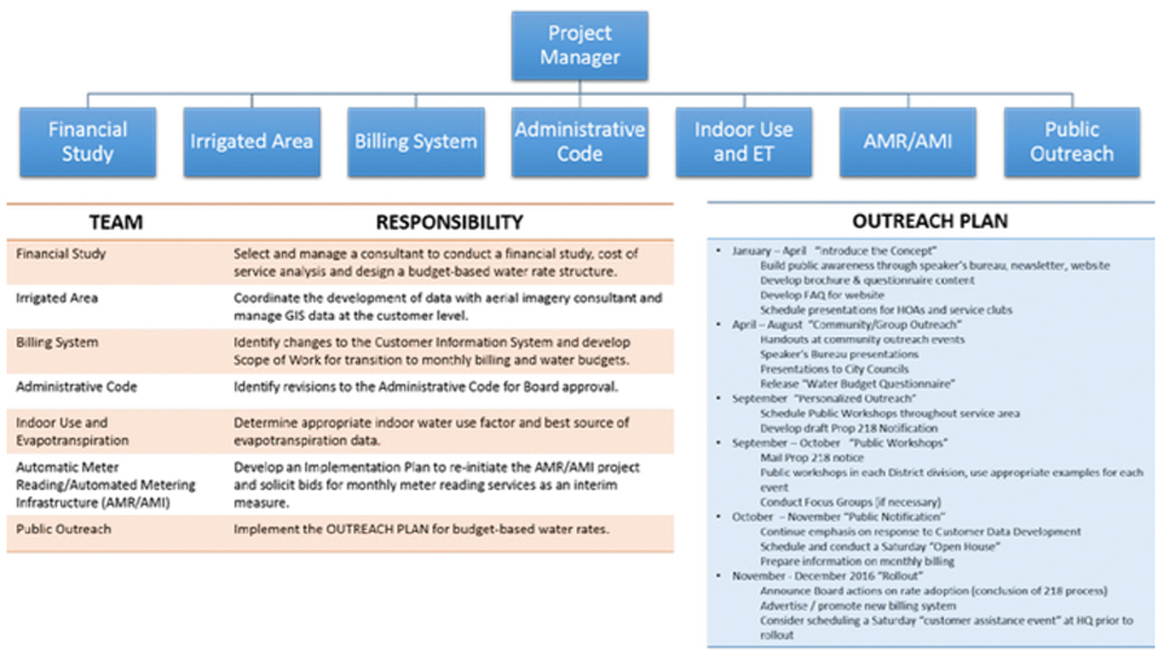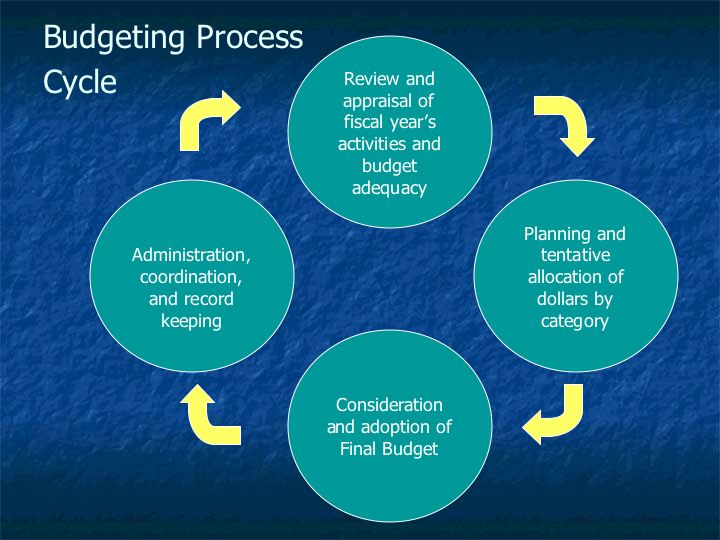

NO MORTGAGE SOLICITATION ACTIVITY OR LOAN APPLICATIONS FOR PROPERTIES LOCATED IN THE STATE OF NEW YORK CAN BE FACILITATED THROUGH THIS SITE. THIS SITE IS NOT AUTHORIZED BY THE NEW YORK STATE DEPARTMENT OF FINANCIAL SERVICES. INFORMATION RECEIVED WILL BE SHARED WITH ONE OR MORE THIRD PARTIES IN CONNECTION WITH YOUR RESIDENTIAL MORTGAGE
#Budget planning system generator
CFL License #60DBO-116115 | License and disclosure | NMLS Consumer Access LEAD GENERATOR ONLY, NOT ACTING IN THE CAPACITY OF A MORTGAGE LOAN ORIGINATOR, MORTGAGE BROKER, MORTGAGE CORRESPONDENT LENDER OR MORTGAGE LENDER. In California loans are made or arranged by Intuit Mortgage Inc. (CFL #6055856) | Licenses The Mint Mortgage experience is a service offered by Intuit Mortgage Inc., a subsidiary of Intuit Inc, NMLS #1979518. In California, loans are made or arranged by Intuit Financing Inc. ( NMLS #1136148), a subsidiary of Intuit Inc. A differential tuition may be set at a dollar amount or as a percentage of base tuition.Īdditional revenues generated by a differential tuition are retained by the campus or program where they are generated.Intuit Personal Loan Platform is a service offered by Intuit Financing Inc. Program-specific differential tuitions are usually charged for programs that have high operating costs such as the health sciences and engineering. For more information, please see Regent Policy Document 32-7: Student Involvement in Differential Tuition Initiatives.

Differential tuition can be charged to all students enrolled at a particular institution to a particular category of students, such as all undergraduates or only to students enrolled in certain programs.īy Board policy, students shall be advised and consulted of all planned differential tuition initiatives before proposals are submitted to the Board of Regents. Differential tuition is an amount charged on top of base tuition to support additional services and programming for students at a particular institution. During the 2003-05, 2009-11, and 2011-13 biennia, the Board of Regents increased tuition to partially offset these GPR base reductions.īeginning in 1997, the Regents have had the ability to implement differential tuition programs. Instructional costs include faculty salaries and fringe benefits, which comprise the largest portion of instructional costs supplies and services administration libraries student services and support costs.Ĭhanges in tuition are the result of changes in costs, changes in state support for the University, and other factors. Significant reductions to the state support were made under the 2003-05, 2005-07, 2009-11, and 2011-13 biennial budgets. Tuition typically supports only the “instructional” portion of the UW budget. Separate rates are set for students at UW-Madison, UW-Milwaukee, the comprehensive institutions, and the UW Colleges. Create sales budgets, production budgets, cost budgets, employee budgets, project budgets, purchase budgets, sales forecasts, cash flow forecasts, workforce planning, occupancy planning.
#Budget planning system update
Tuition rates are established annually at the same time as the University’s annual operating budget is approved. Create and easily update driver-based planning and forecasting models to maintain alignment between financial plans, operational data, and corporate objectives. The Board uses Tuition Policy Principles (PDF shown to the right) while setting tuition in an effort to balance educational quality, access, and ability to pay. The statutes permit the Regents to set separate rates for different classes of students, for residents and nonresidents, and for extension courses, summer sessions, and special programs. The Board of Regents of the University of Wisconsin System is delegated the authority to set tuition under s.


 0 kommentar(er)
0 kommentar(er)
